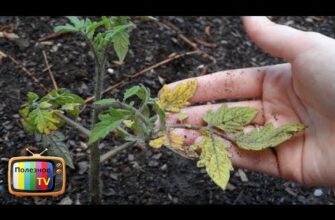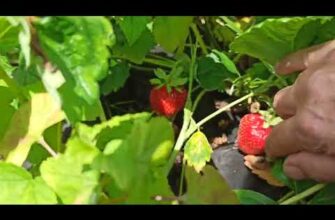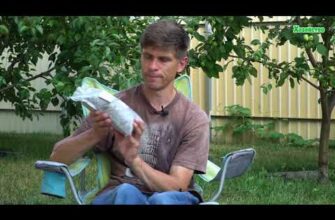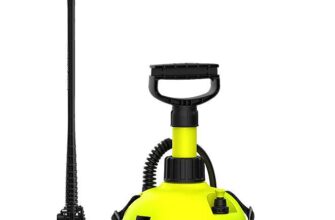- Подготовка червей к зимовке
- Кормление
- Перезимовали
- Уборка и подготовка помещения
- Выбор подходящей температуры
- Важность влажности для червей
- Зимняя осветительная система
- Питание червей в зимний период
- Выбор правильной кормовой смеси
- Кормление червей в холодное время года
- Режим кормления в зависимости от температуры
- Предотвращение замерзания воды
- Контроль плотности червячника
- Размеры и объем червячника
- Расчет количества червей
- Кормление червячника
- Использование натуральных изоляционных материалов
- Вопрос-ответ:
- Каким образом можно обеспечить успешную зимовку червей?
- Какую температуру следует поддерживать для червей во время зимовки?
- Как обеспечить червям достаточное количество питательной среды во время зимовки?
- Как защитить червей от внешних воздействий во время зимовки?
- Можно ли зимовать червей на открытом воздухе?
- Видео:
- Зимовка калифорнийских червей
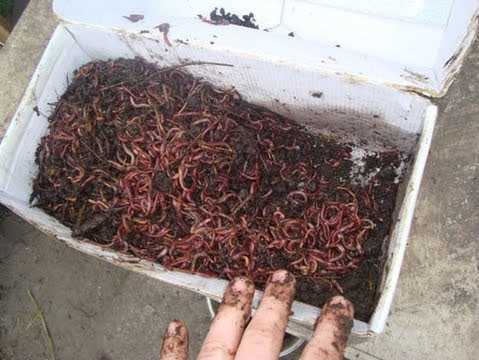
Кормление червей в зимний период играет важную роль в их успешной перезимовке. От того, насколько правильно организовано кормление, зависит сохранность и активность червей в холодное время года. Ведь только хорошо питающиеся черви могут успешно перезимовать и дать высокую продуктивность в следующем сезоне.
Особое внимание необходимо уделить периоду зимовки, когда биологические процессы в организме червей замедляются, а активность питания существенно снижается. Однако это не означает, что кормление полностью прекращается. Важно правильно подобрать кормовую смесь, которая будет обеспечивать червям все необходимые питательные вещества для поддержания их жизнедеятельности в зимний период.
Кормление червей в зимний период осуществляется с учетом их потребностей и физиологических особенностей. Учитывая, что черви активно питаются в теплых месяцах, необходимо предоставить им достаточное количество пищи перед началом зимовки. Важно помнить, что перекармливание червей также может привести к негативным последствиям. Поэтому необходимо соблюдать баланс и контролировать количество и качество корма.
Подготовка червей к зимовке
Успешная зимовка червей напрямую зависит от правильного кормления и подготовки. Чтобы черви успешно перезимовали, необходимо иметь определенные правила и рекомендации.
Кормление

Важным аспектом в подготовке червей к зимовке является их кормление. Черви должны получать достаточное количество органического материала для поддержания своей активности и выживаемости в течение зимы.
Рекомендуется кормить червей различными остатками овощей и фруктов, скошенной травой, некрупными листьями и мягкими стеблями растений. Также можно использовать перегнившие овощи и фрукты, которые не годятся для употребления в пищу.
Перезимовали
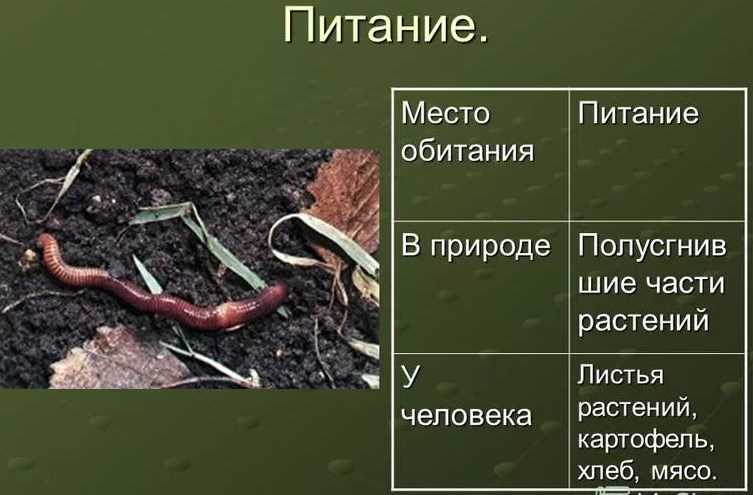
Правильное кормление червей перед зимовкой позволит им пережить холодный период успешно. При наличии достаточного количества органического материала, черви будут иметь запасы питательных веществ, которые позволят им выживать и сохранять активность даже в условиях низких температур.
Важно также создать оптимальные условия для зимовки червей: поддерживать стабильную температуру и влажность в грунте. Это поможет создать комфортные условия для червей и обеспечит их успешную зимовку.
Уборка и подготовка помещения
Перед успешной зимовкой червей необходимо провести уборку и подготовку помещения. Все остатки кормления должны быть удалены, чтобы предотвратить появление гнилостных процессов и плесени. Тщательно очистите ящики или кассеты, в которых перезимовали черви, от остатков пищи и старой подстилки.
После уборки помещения необходимо создать оптимальные условия для зимовки червей. Подготовьте их кормление, чтобы они могли получать необходимые питательные вещества в течение всей зимы. Разделите корм на порции и распределите их равномерно по всей площади помещения. Это поможет червям равномерно получать пищу и не допустит их перегревания или переохлаждения.
Особое внимание следует уделить влажности в помещении. Черви нуждаются в определенном уровне влажности для нормального функционирования. Поставьте под емкости с червями емкости с водой или используйте специальные увлажнители воздуха. Это поможет поддерживать оптимальную влажность и предотвратит пересыхание или переувлажнение червей.
Также не забудьте установить температурный режим в помещении. Черви перезимовали успешно, когда температура в помещении поддерживается в определенных пределах. Используйте термометры или специальные терморегуляторы для контроля температуры и поддержания оптимального режима. Это поможет червям сохранить свою активность и здоровье во время зимовки.
Выбор подходящей температуры
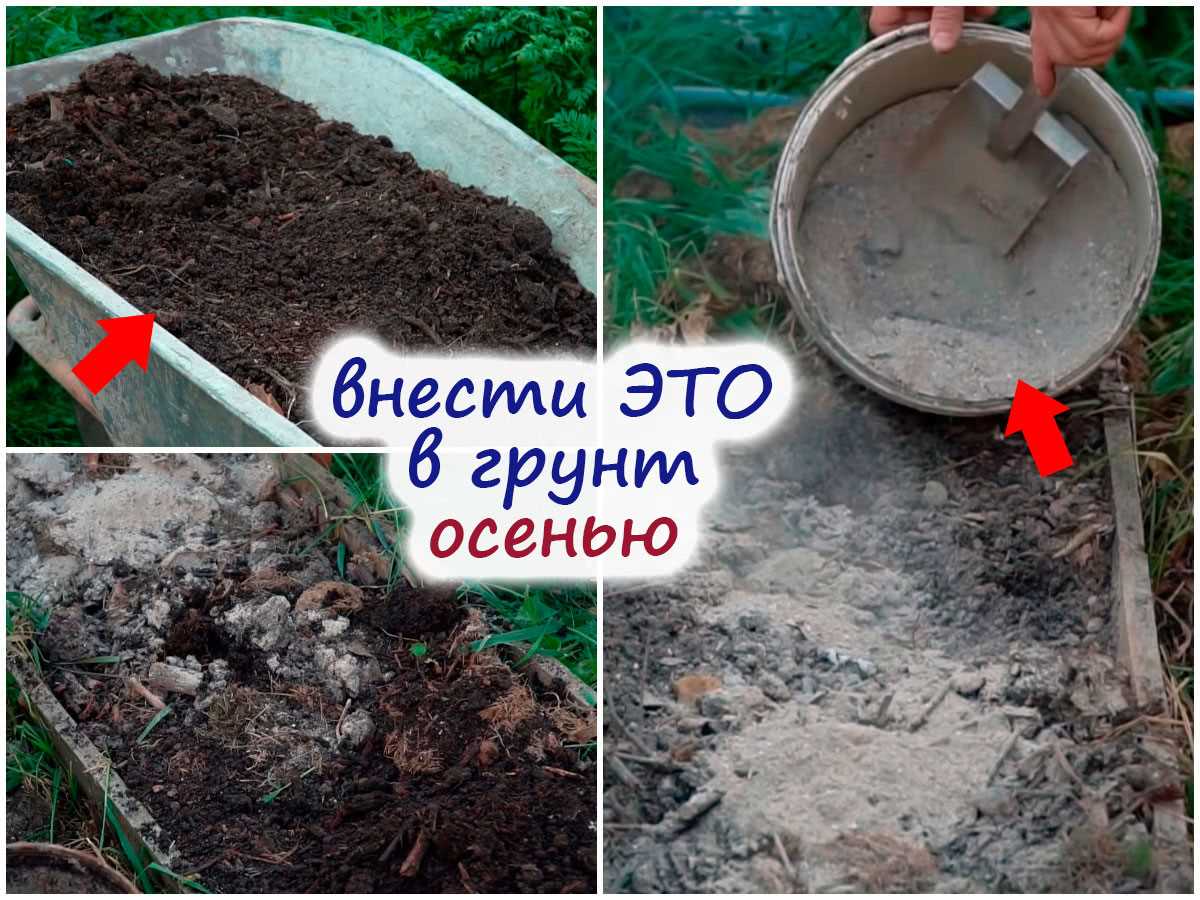
Одним из ключевых факторов успешной зимовки червей является поддержание оптимальной температуры. Излишняя холодность или жара могут нанести серьезный вред популяции червей и привести к их гибели.
Оптимальная температура для зимовки червей составляет примерно 5-10 градусов Цельсия. При более низких температурах черви замедляют свою активность и переходят в состояние покоя, сохраняя энергию для переживания холода. Однако, при температуре ниже нуля они могут погибнуть от обморожения.
Также важно избегать высоких температур во время зимовки червей. При слишком теплом окружении они будут активно двигаться и потреблять запасы пищи, что может привести к их истощению и гибели.
Для обеспечения подходящей температуры во время зимовки червей можно использовать различные методы. Например, можно утеплить грядки с червями слоем сухой листвы или соломы. Другим вариантом является использование специальных укрытий или накрываний, которые помогут сохранить оптимальную температуру.
Выбор подходящей температуры для зимовки червей играет решающую роль в их выживаемости. Правильное обеспечение оптимальных условий поможет червям успешно перезимовать и сохранить полезные свойства для дальнейшего использования в садоводстве и огородничестве.
Важность влажности для червей

Успешное кормление и перезимовка червей невозможны без правильной влажности в их среде обитания. Влажность является одним из ключевых факторов, влияющих на здоровье и размножение червей.
Оптимальная влажность для червей составляет примерно 70-80%. При недостаточной влажности черви могут испытывать дефицит воды, что негативно сказывается на их активности и пищеварении. В таких условиях черви могут перестать расти и размножаться.
С другой стороны, избыточная влажность также может быть опасной для червей. При высокой влажности возникает риск развития грибковых и бактериальных инфекций, которые могут привести к заболеваниям и даже гибели червей.
Для поддержания оптимальной влажности рекомендуется использовать системы автоматического полива или регулярно проверять влажность субстрата и при необходимости увлажнять его. Также стоит обратить внимание на материал, из которого изготовлена контейнер, чтобы он был влагонепроницаемым и сохранял оптимальные условия для червей.
Зимняя осветительная система
Для успешной перезимовки черви нуждаются в достаточном освещении. Зимняя осветительная система способна обеспечить червей необходимым количеством света в темное время года, когда дневное освещение недостаточно.
Осветительная система для червей должна быть установлена внутри помещения, где они перезимовали. Она должна иметь регулируемую яркость, чтобы создать оптимальные условия для развития и активности червей. Рекомендуется использовать лампы с широким спектром света, чтобы обеспечить червей всеми необходимыми цветами и волнами света.
Важно также подобрать правильное время освещения для червей. Обычно рекомендуется освещать помещение, где находятся черви, в течение 8-10 часов в день. Это количество времени достаточно для поддержания нормальной активности и роста червей в условиях зимнего периода.
Помимо осветительной системы, необходимо также учитывать особенности кормления червей в зимний период. Их рацион должен быть более сбалансированным и питательным, чтобы компенсировать отсутствие естественных источников питания. Рекомендуется обогащать корм для червей различными добавками, такими как овощи, фрукты или микроорганизмы, чтобы обеспечить червей необходимыми витаминами и минералами.
Питание червей в зимний период
Одним из ключевых аспектов успешной зимовки червей является правильное и регулярное питание. В это время года, когда условия для жизни и размножения червей не столь благоприятны, важно обеспечить им достаточное количество питательных веществ.
Первое, на что следует обратить внимание, — это состав корма для червей. В зимний период лучше использовать корма, содержащие большое количество органического вещества и микроэлементов. Например, это могут быть остатки овощей и фруктов, листья растений, травяной мульчи и другие органические отходы. Важно помнить, что корм должен быть свежим и качественным, чтобы черви получали все необходимое для нормального функционирования организма.
Второй важный аспект — это регулярное кормление червей. Даже в зимний период черви нуждаются в пище, чтобы поддерживать нормальный метаболизм и обеспечивать свою жизнедеятельность. Рекомендуется кормить червей примерно раз в неделю, подавая им небольшие порции пищи. Важно не перекармливать червей, чтобы избежать загнивания корма и возможных проблем с обработкой пищи.
Третий аспект — контроль влажности и температуры. Черви предпочитают умеренно влажные и теплые условия. В зимний период важно следить за влажностью субстрата, в котором находятся черви. Он не должен пересыхать, но и быть слишком влажным тоже нежелательно. Температура также играет важную роль — она должна быть поддерживаема на уровне около 20 градусов Цельсия, чтобы черви могли успешно перезимовать.
В целом, питание червей в зимний период — это одна из главных составляющих их успешной зимовки. Правильный состав корма, регулярное кормление и контроль влажности и температуры обеспечат червям все необходимые условия для перезимовки и успешного размножения в следующем сезоне.
Выбор правильной кормовой смеси
Перезимовка червей успешно завершается, если обеспечено правильное кормление. От выбора кормовой смеси зависит их выживаемость в зимний период.
Так стоп!!! Вы всё ещё не подписаны на наши каналы в Телеграмм и Дзен? Посмотрите: ТГ - (@historyfantasydetectivechat) и Дзен (https://dzen.ru/myshortsstorys)
Кормление червей во время зимовки имеет свои особенности. Важно выбрать качественные кормовые добавки, содержащие все необходимые элементы питания. Необходимо учесть, что в холодное время года черви меньше активны и медленнее переваривают пищу. Поэтому кормовая смесь должна быть легкоусвояемой и содержать достаточное количество белка и углеводов.
Для успешной перезимовки червей рекомендуется использовать специальные кормовые смеси, содержащие разнообразные компоненты. Они могут включать растительные отходы, органические удобрения, зерно, муку, патоку и др. Такая смесь обеспечит червей всеми необходимыми питательными веществами и поддержит их активность даже в зимний период.
Важно также помнить, что кормовую смесь нужно давать червям в умеренном количестве. Излишнее питание может привести к размножению вредителей и появлению плесени. Поэтому рекомендуется контролировать количество пищи и регулярно проверять состояние кормовой смеси.
Кормление червей в холодное время года
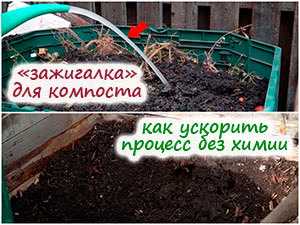
В холодное время года, когда черви находятся в состоянии зимовки, особенно важно обеспечить им успешное кормление. Ведь от правильного питания зависит их выживаемость и активность в период зимовки.
Одним из главных аспектов кормления червей в холодное время года является выбор подходящих продуктов питания. Черви особенно полезно кормить органическими отходами, такими как фрукты, овощи и остатки пищи. Однако стоит учесть, что в зимнее время многие продукты могут замерзнуть и стать непригодными для питания червей.
Для успешного кормления червей в холодное время года рекомендуется использовать теплые и богатые питательными веществами продукты. Например, можно покормить червей соком из свежих овощей и фруктов, предварительно разогретым до комнатной температуры.
Также важно не забывать о регулярности кормления червей в холодное время года. В период зимовки они медленнее переваривают пищу, поэтому следует контролировать количество и качество корма. Рекомендуется разбивать кормление на несколько приемов пищи в небольших порциях, чтобы черви могли обработать пищу более эффективно.
Для достижения максимальных результатов в кормлении червей в холодное время года можно использовать различные способы и техники. Например, можно создать особые условия для червей, поддерживая оптимальную температуру и влажность. Также полезно периодически проверять состояние корма и при необходимости добавлять новые порции.
Режим кормления в зависимости от температуры

Зимовка червей – это сложный и длительный процесс, который требует особого внимания к режиму кормления. Правильное питание во время зимовки существенно повышает шансы на успешную перезимовку.
В зависимости от температуры окружающей среды, требования к режиму кормления червей могут существенно отличаться. При низких температурах (от 0 до +5 градусов Цельсия) активность червей замедляется, и они тратят меньше энергии на обработку пищи. Поэтому рекомендуется снизить частоту кормления до 1-2 раз в неделю.
Важно помнить, что в холодное время года черви не способны переваривать большие объемы пищи, поэтому дозировка должна быть умеренной. Рекомендуется давать им мягкую и легкую пищу, такую как овощные остатки или размоченные хлебные крошки.
При более высоких температурах (от +5 до +10 градусов Цельсия) черви начинают активно поглощать пищу, чтобы накопить запасы для зимовки. В этот период рекомендуется увеличить частоту кормления до 2-3 раз в неделю. Пищу можно давать в больших объемах, но следует избегать переедания.
Важно помнить, что зимой черви меньше двигаются и медленнее переваривают пищу, поэтому она должна быть хорошо перетертой или приготовленной. Это поможет им получить необходимые питательные вещества и сохранить энергию для успешной перезимовки.
Предотвращение замерзания воды
Одним из ключевых аспектов успешной зимовки червей является предотвращение замерзания воды, которая необходима для поддержания их жизнедеятельности в течение холодного периода.
Для того чтобы черви успешно перезимовали, необходимо обеспечить им постоянный доступ к воде, который не замерзнет в холодные дни. Один из способов предотвратить замерзание воды – использование термостата, который автоматически поддерживает оптимальную температуру.
Также можно использовать специальные устройства, которые помогут сохранить воду в жидком состоянии даже при минусовых температурах. Например, это могут быть нагревательные элементы или изолирующие материалы, которые помогут сохранить тепло внутри контейнера с червями.
Кроме того, стоит обратить внимание на правильное устройство места для зимовки червей. Рекомендуется выбирать место, защищенное от сильных ветров, чтобы предотвратить быстрое остывание воды. Также можно использовать дополнительные средства защиты, например, укрытия или теплоизоляционные материалы.
Контроль плотности червячника
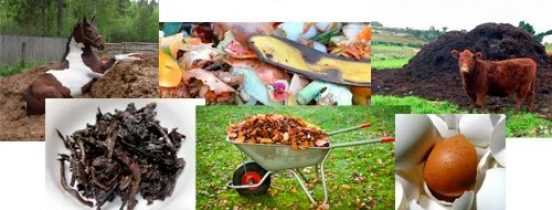
Успешно перезимовавшие черви обеспечивают непрерывный процесс деятельности червячника. Для того чтобы червячник успешно пережил зимовку, необходимо знать, как правильно контролировать плотность населения в нем.
Размеры и объем червячника
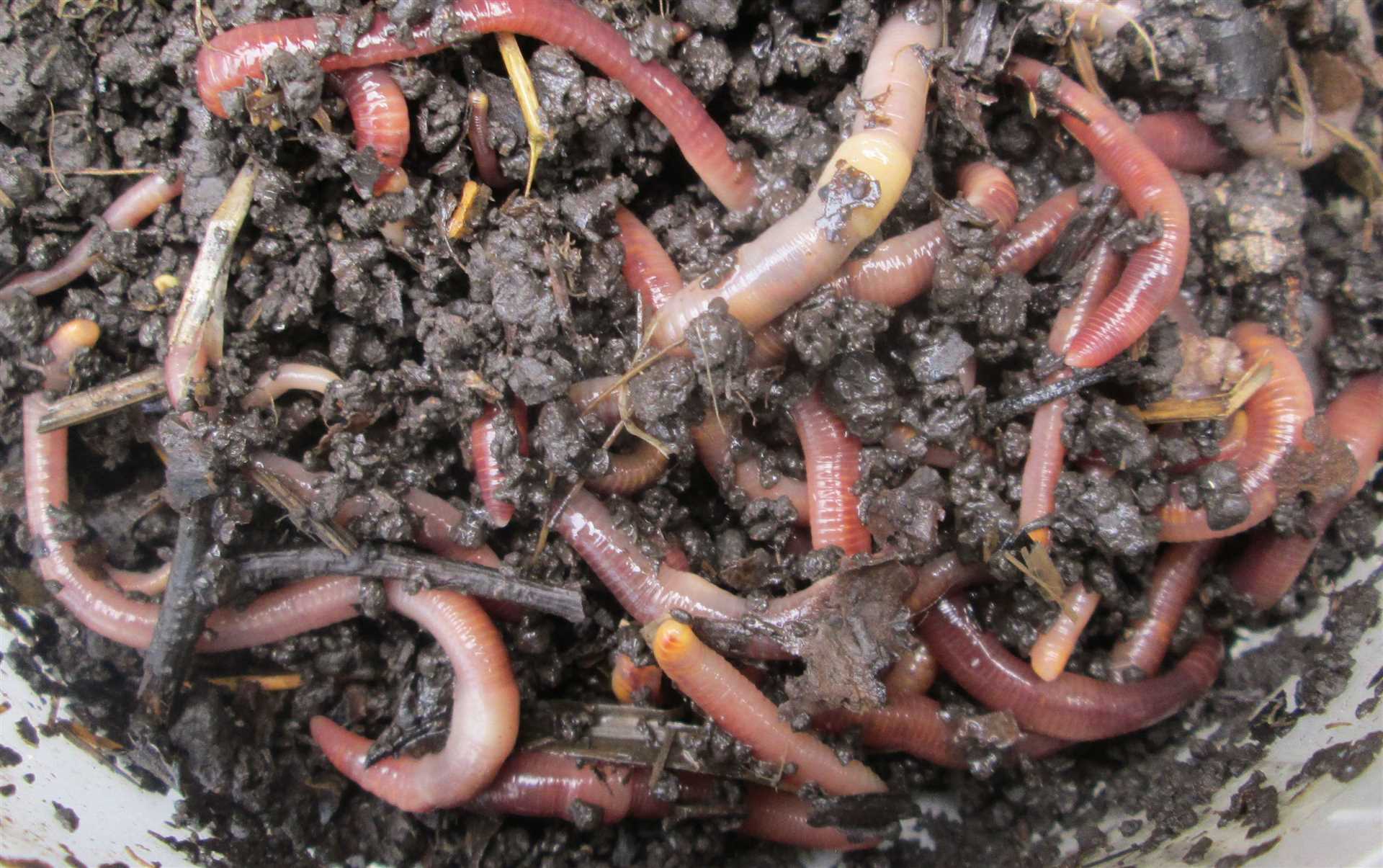
Перед зимовкой необходимо оценить размеры и объем червячника. Зависимость между этими показателями и плотностью населения червей необходимо учитывать при расчете количества корма и условий для комфортного существования червей.
Расчет количества червей
Определение оптимальной плотности червей в червячнике во время зимовки важно для успешного переживания этого периода. Расчет количества червей можно провести исходя из размеров и объема червячника. Рекомендуется соблюдать соотношение одного взрослого червя на каждые 100 граммов земляного состава.
Кормление червячника
Важным фактором контроля плотности червей является кормление червячника. Разработка оптимального режима кормления позволит поддерживать необходимую плотность населения червей и предотвратить их перенаселение или голодание. Регулярное кормление червей способствует их активности и способности пережить зимовку успешно.
Использование натуральных изоляционных материалов

Для успешной зимовки и перезимовки червей важно обеспечить оптимальные условия температуры и влажности. Одним из ключевых факторов является правильный выбор изоляционных материалов. Использование натуральных изоляционных материалов позволяет обеспечить комфортные условия для червей и помочь им пережить холодный период без потерь.
Строительные материалы. Одним из вариантов натуральных изоляционных материалов являются строительные материалы, такие как солома, пеньки или сено. Они могут быть использованы для утепления ящиков и контейнеров, где содержатся черви. Эти материалы хорошо сохраняют тепло и предотвращают промерзание земли, создавая дополнительный слой защиты для червей.
Органические материалы. Другим вариантом натуральных изоляционных материалов являются органические материалы, такие как опилки, солома или торф. Они могут быть использованы для создания утепленного слоя внутри ящика или контейнера, где содержатся черви. Органические материалы хорошо удерживают влагу и предотвращают переохлаждение червей, обеспечивая им комфортные условия для зимовки.
Листовые материалы. Еще одним вариантом натуральных изоляционных материалов являются листовые материалы, такие как листья или кора деревьев. Они могут быть использованы для создания слоя утепления на поверхности почвы, где содержатся черви. Листовые материалы предотвращают проникновение холодного воздуха и помогают сохранить тепло, обеспечивая червям оптимальные условия для зимовки.
Использование натуральных изоляционных материалов важно для успешной зимовки и перезимовки червей. Они помогают создать комфортные условия температуры и влажности, необходимые для выживания червей в холодный период. Различные варианты натуральных изоляционных материалов, такие как строительные, органические и листовые материалы, предоставляют разные методы утепления и защиты червей от холода и переохлаждения. Выбор конкретного материала зависит от условий и требований конкретного случая, но главное – обеспечить червям оптимальные условия для зимовки и перезимовки.
Вопрос-ответ:
Каким образом можно обеспечить успешную зимовку червей?
Успешную зимовку червей можно обеспечить несколькими способами. Во-первых, необходимо создать для них комфортные условия — поддерживать оптимальную температуру и влажность. Также нужно предоставить им достаточное количество питательной среды. И, конечно же, обеспечить защиту от внешних воздействий, например, покрыть ящики или контейнеры с червями утеплителями.
Какую температуру следует поддерживать для червей во время зимовки?
Оптимальная температура для зимовки червей составляет примерно 10-15 градусов Цельсия. Это позволяет им сохранять активность и не замерзать. Однако, важно не перегревать червей, поэтому следует обеспечить хорошую вентиляцию и контролировать температуру в помещении.
Как обеспечить червям достаточное количество питательной среды во время зимовки?
Во время зимовки черви не так активно потребляют пищу, но все же им нужно предоставить достаточное количество питательных веществ. Для этого можно добавить в их подстилку органические отходы, такие как фрукты, овощи или корм для животных. Также можно использовать специальные корма для червей, которые содержат все необходимые вещества.
Как защитить червей от внешних воздействий во время зимовки?
Для защиты червей от внешних воздействий во время зимовки рекомендуется покрыть ящики или контейнеры, в которых они находятся, утеплителями. Это поможет сохранить оптимальную температуру и защитит червей от холода и перепадов температур. Также можно использовать специальные чехлы или пленку для утепления.
Можно ли зимовать червей на открытом воздухе?
Зимовка червей на открытом воздухе возможна, но требует особых условий. Например, можно устроить им специальные теплицы или укрытия, которые защитят их от холода и влаги. Также следует учесть, что черви в таких условиях могут быть более уязвимыми и требовать дополнительного ухода.


